Flowing water adjacent to the Great Sand Dunes
I don’t know about you, but when I think of water and sand dunes together I think about dunes on the seacoast. When I visited Te Paki in New Zealand in February, I was surprised to find a stream separating the parking lot from the dunes. The same thing is true in Great Sand Dunes National Park, where people who want to walk to the dunes from the parking lots have to cross Medano Creek (médano is a Spanish word for ‘dune’). What’s strange about Medano Creek is that it pulses. The phenomenon is known as surge flow, and here’s what the website of Great Sand Dunes National Park says about it:
This is one of the few places in the world where one can experience surge flow, a stream flowing in rhythmic waves on sand. Three elements are needed to produce the phenomenon: a relatively steep gradient to give the stream a high velocity; a smooth, mobile creekbed with little resistance; and sufficient water to create surges. In spring and early summer, these elements combine to make waves at Great Sand Dunes. As water flows across sand, sand dams or antidunes form on the creekbed, gathering water. When the water pressure is too great, the dams break, sending down a wave about every 20 seconds. In wet years, waves can surge up to a foot high!
I noticed the phenomenon when I went to take pictures of sand patterns in Medano Creek. No sooner would I compose and take a few photographs, than a “wave” of water would flow downstream and obscure my subject. The picture above shows the shallow regular flow of Medano Creek; the picture below shows a moment of surge flow.
© 2017 Steven Schwartzman


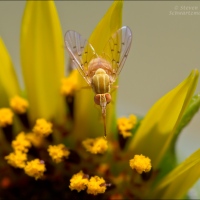


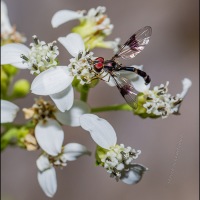
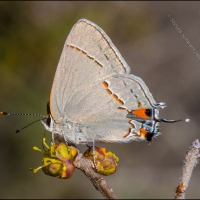
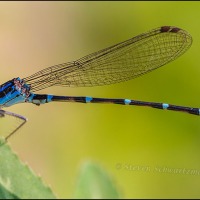

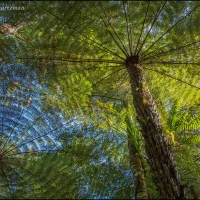
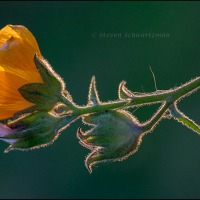
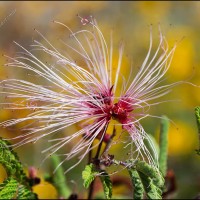
I’ve never heard of such a thing. Matter and anti-matter is almost common parlance now, but dunes and anti-dunes are a new one. (An idle thought: could an insistently negative person be said to have an anti-tude?)
I couldn’t figure out for a minute what seemed so strange about that second photo. I finally decided it’s the wave pattern. Along the shore, little waves like that can be seen, but they’re spaced differently. These seem to reflect the pulsing of the water.
The closest thing I’ve seen is the Cimarron River in the grasslands of southwestern Kansas. For much of the time, it flows underground, but after rains it will emerge and flood the adjacent land.
shoreacres
June 27, 2017 at 8:00 AM
You can create a negative cartoon character named Auntie Tude or Auntie Dune. Or forget that and see if you can work your way up to this national park after the tourist season winds down (the place was crowded when we visited).
This pulsing phenomenon was new to me. Of course I was glad to document it but I haven’t taken the time to investigate further because I’m still gradually sorting and categorizing the thousands of pictures I took during the three-week trip. It seems that much has been figured out about anti-dunes:
https://en.wikipedia.org/wiki/Antidune
Steve Schwartzman
June 27, 2017 at 9:52 AM
That is really interesting! Plus your photos really document the Surge flow of the water!
Reed Andariese
June 27, 2017 at 6:51 PM
It was a new phenomenon for me, one I’d never even heard of. I experienced the surge flow at Great Sand Dunes and didn’t know what it was. Later I read about it.
Steve Schwartzman
June 27, 2017 at 7:01 PM
Your first image has really captured the beauty of the rippling in the water and the sand below the surface, Steve. Not easy to achieve (from personal experience). Fascinating reading too.
LensScaper
June 29, 2017 at 1:41 PM
For years I’ve been fascinated with ripples in creeks, and here I got a bonus with two colors of sand making patterns of their own. I’m glad you appreciate the difficulties, based on your experience.
Steve Schwartzman
June 29, 2017 at 3:48 PM